How to Get Your Toilet Hygienically and Sparkling Clean with Vinegar
This website may earn commissions from purchases made through links in this post.
Chemical cleaners are expensive and bad for our waterways. Here’s how to hygienically and cheaply clean your toilet with vinegar.
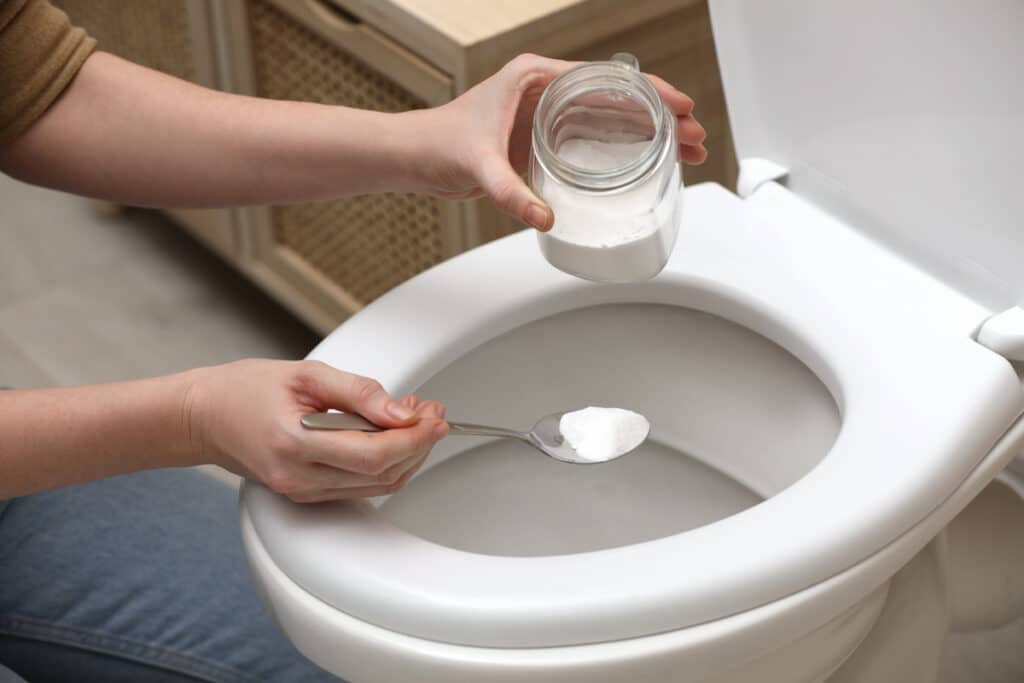
No one enjoys cleaning the toilet. It’s germy, smelly, and messy, and if you have kids whose aim is less than precise, cleaning the toilet can involve more than just the bowl, seat and lid.
However, we all appreciate a clean loo.
Grotty public toilets really hammer home this appreciation (and at each visit to the cubicle, we should all say a little prayer of gratitude to the cleaners of public toilets).
Now that I’ve acknowledged some of the true heroes of our nation, I want to argue that to get a pristine cistern, an unspotty potty, a swank tank, a dapper crapper, a clean latrine, you don’t need a #$@%* load of chemicals.
Because there’s an irony to cleaning the loo while sullying the waterways and environment doing so, plain vinegar and bicarb are all you need to transform a troll bowl into a bon john.
How to Clean a Toilet Properly Using Vinegar
Cleaning the toilet isn’t rocket science. The secret is to let the vinegar sit for a while to do the work for you and kill the germs.
Don’t just spray and wipe. Spray/splash, leave for a while, then wipe. Here’s how I do it with vinegar.
What you need:
- White vinegar (cheap white vinegar is fine)
- Bicarbonate of soda
- A toilet brush (Amazon link)
- Dedicated cleaning cloth or toilet paper to wipe
Optional extras:
- Homemade cleaning spray
- Essential oil (shop link) for that fresh smell (some are antibacterial too)
To clean the toilet naturally, pour some undiluted white vinegar into the bowl. How much vinegar? I don’t measure, but around half a cup.
Pour it around the edges, so the whole bowl gets a vinegar washdown. If you like, you can put the vinegar into a spray bottle to spray the bowl and seat.
Next, sprinkle the bicarb soda around the bowl. The vinegar and bicarb will react, making a fizzing sound. I store the bicarb in a cheap plastic shaker (Amazon link) to make it easier to use.
Then let it sit for at least 10 minutes to do its thing.
After letting it sit, use the toilet brush to give the loo a good scrub, getting in under the rim and down into the crevices for a thorough clean. Rinse the brush as you flush.
You can also clean the seat, lid, cistern, the back of the toilet, etc., with vinegar and bicarb by spraying vinegar over the seat, sprinkling on a little bit of bicarb and wiping it over. Use a dedicated cloth or toilet paper to wipe.
Alternatively, you can use a spray and wipe for the rest of the toilet. The homemade cleaning spray recipe that I have been using now for nearly twenty years (that makes me feel old) has vinegar in it, as well as a tiny squirt of dishwashing detergent, water, and essential oil (ironically optional, not essential) for that freshly cleaned smell.
If you use essential oil in your cleaning spray that is antibacterial, like tea tree oil, it will help disinfect your toilet. As with the vinegar, spray and leave it to sit for a while to do its thing. It’s not hospital-grade sanitation, but it’s probably sufficient for most household applications.
To finish off and add a pleasant scent, you can add a drop or two of essential oil to your toilet bowl. A homemade natural toilet spray with the same essential oil will reinforce the sweet scent as it fades.
How to Remove Stains From the Toilet Bowl Naturally
Stains in the toilet bowl are usually caused by hard water and mineral build-up. More often than not, vinegar and bicarb soda will do the trick – they are both great stain removers, particularly bicarb soda.
In fact, you can rub bicarb soda by itself (without vinegar) onto the stain, and it will get most toilet bowl stains out.
But for stubborn stains, citric acid is the secret power cleaner you’ll want to try.
Citric acid is inexpensive to buy at the supermarket in the baking section (alongside the baking powder); simply sprinkle a few tablespoons into the toilet bowl and let sit overnight. For really bad stains, you may need to use the whole container.
After letting the citric acid sit in the bowl, scrub with a toilet brush and flush. The stains should be gone. If not, repeat the process.
Cleaning the toilet with the same stuff we pour onto hot chips – yes, I’m talking about vinegar – means what we’re flushing down the loo is less harmful than chemical cleaners. It’s also cheaper while still being effective.

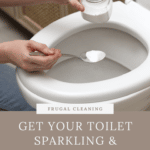
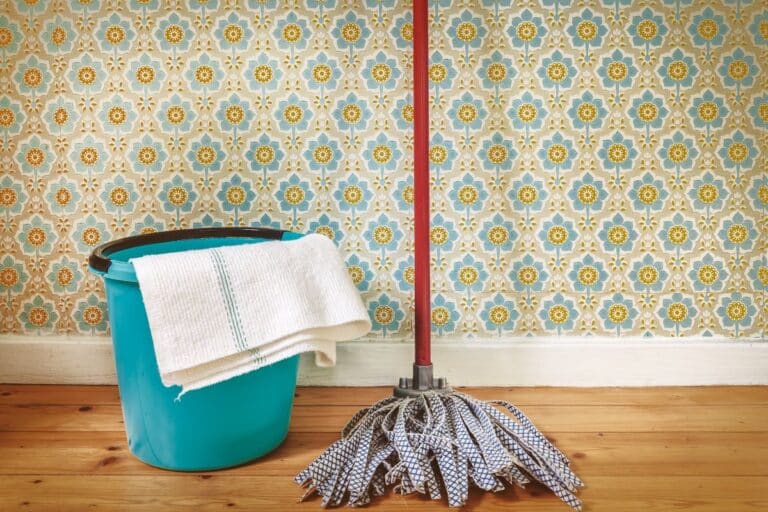
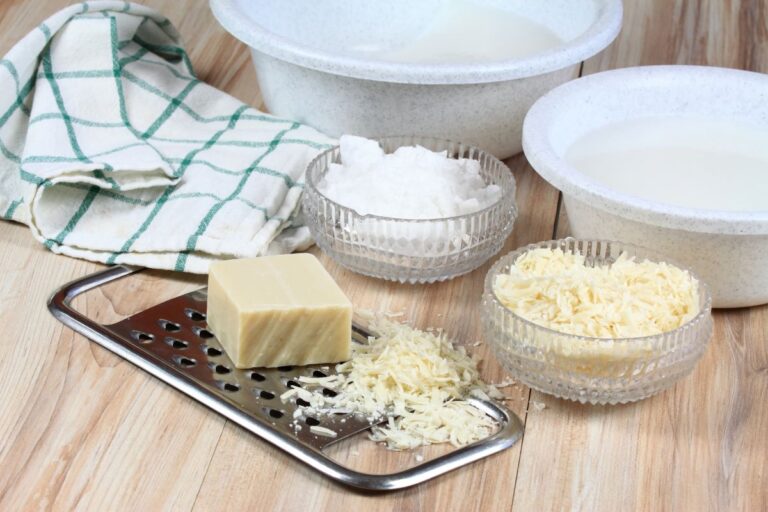
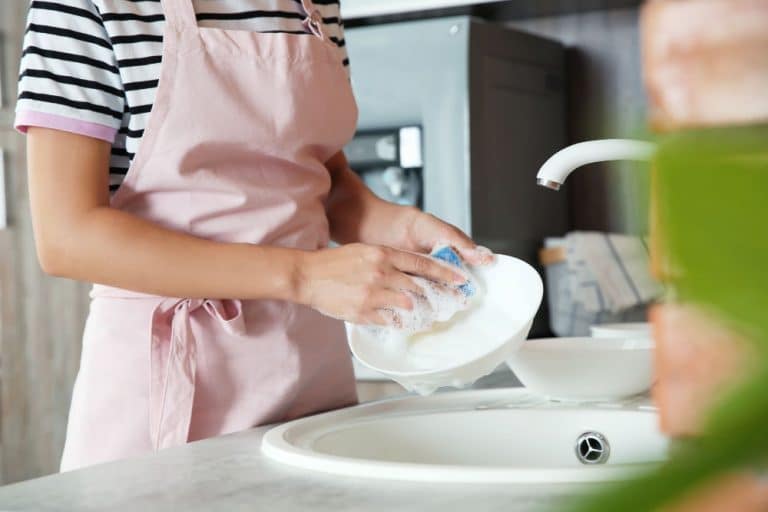
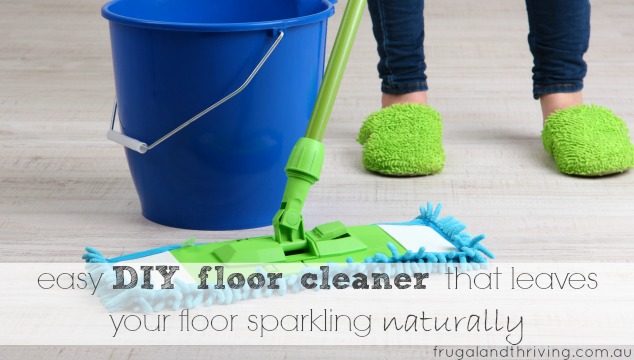
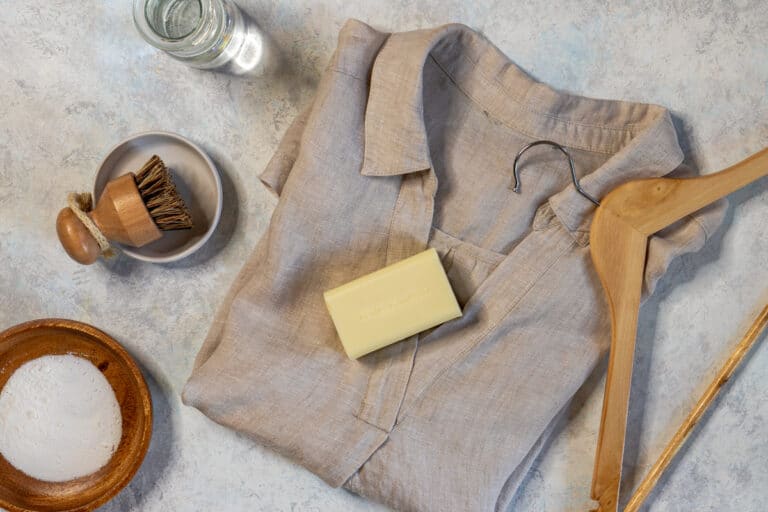
Great tips. I’ve been using bleach and haven’t felt great about it either, so I’m keen to give your method a try. I use vinegar and bicarb already for the sinks and drains.
Thanks. Yes, I’m a big fan of vinegar and bicarb – I use it on everything with a little tea tree oil thrown in. It gives a ‘clean’ smell which gives you that psychological satisfaction that the place is clean.
Thanks for the comment! :)
I’m working in community nursing and trying to “encourage” a move away from chemicals when we go in to clean our client’s homes.
We are talking SERIOUSLY horrible living conditions here, i.e. toilets that haven’t been cleaned since the 1960s, yellow walls from years of nicotine build up.
Wondering if you have a super strength cleaning formulation? Or just change the ratio of vinegar to water (more vinegar).
Hi Wendy,
I would try a stronger solution of vinegar. Nicotine build up might come off with bi-carb, but after years of build up, it may not. Still bi carb and vinegar will probably do just as good a job if not better than your usual chemicals (in my opinion anyway) tea tree oil or eucalyptus or similar as an anti-bacterial (also air freshening as well).
Sounds terrible, I can only imagine. It’s so great that you’re helping with these living conditions and you want to move away from chemicals!! And of course vinegar is cheaper and therefore more affordable, although I’m guessing that’s not the real issue in this case.
Mixing bicarbonate with salt hand water to make a paste will create a scrub that can move just about any grime (like in the bath and shower) then spraying with vinegar leaves it sparkley
Great tip, thanks!